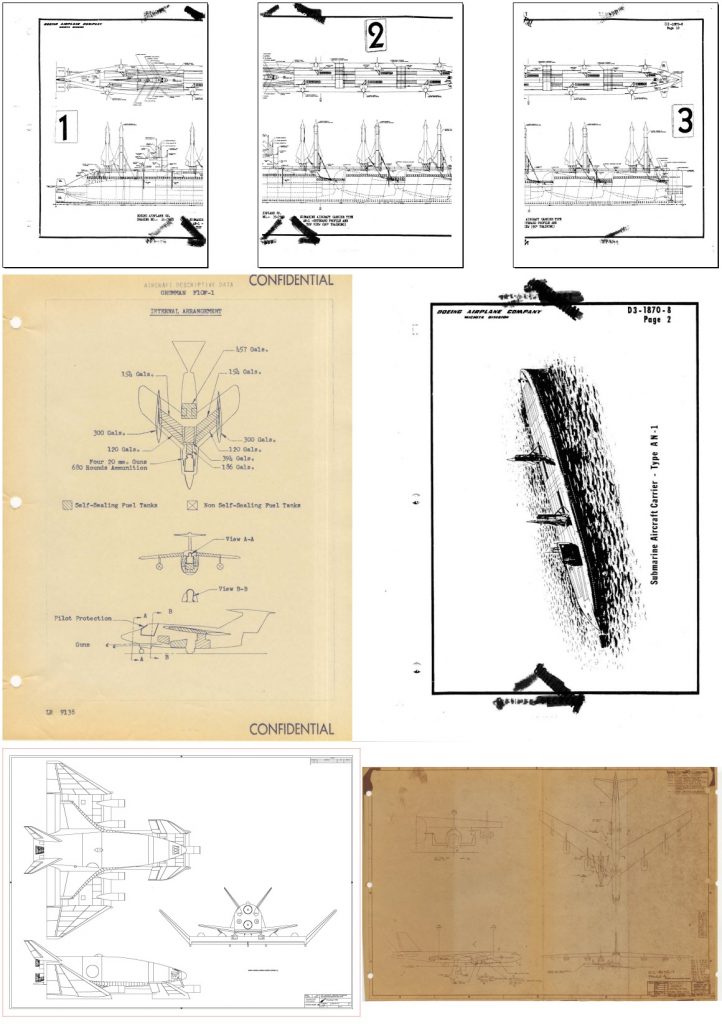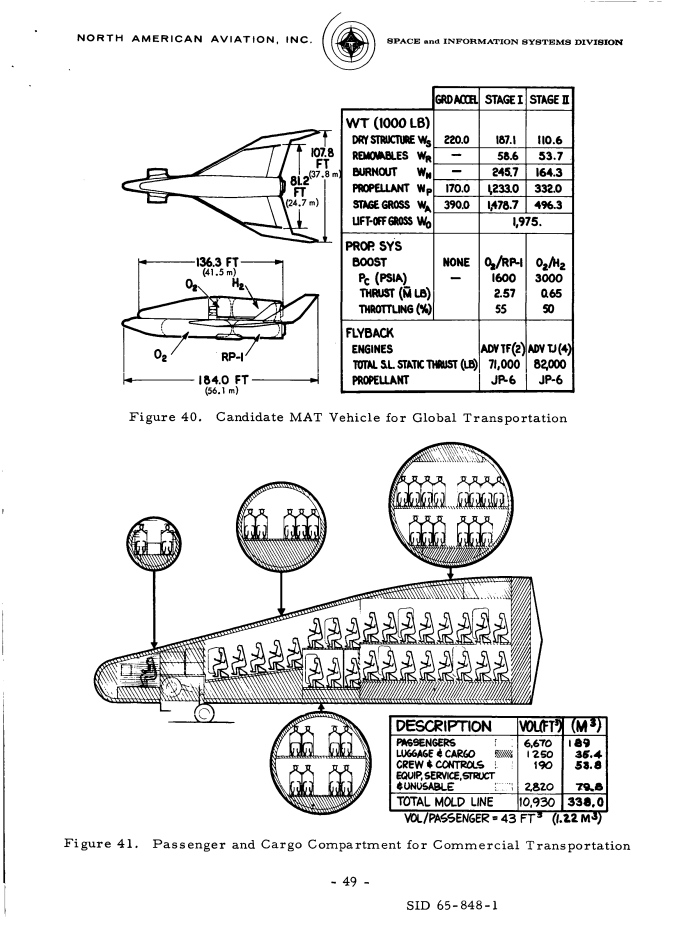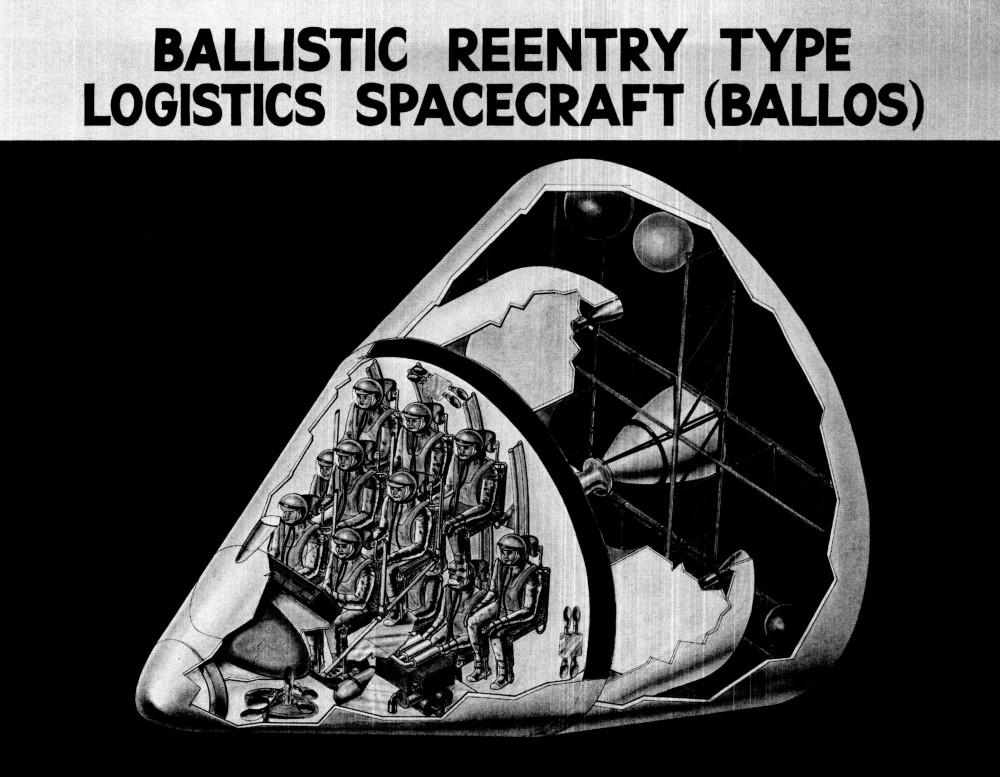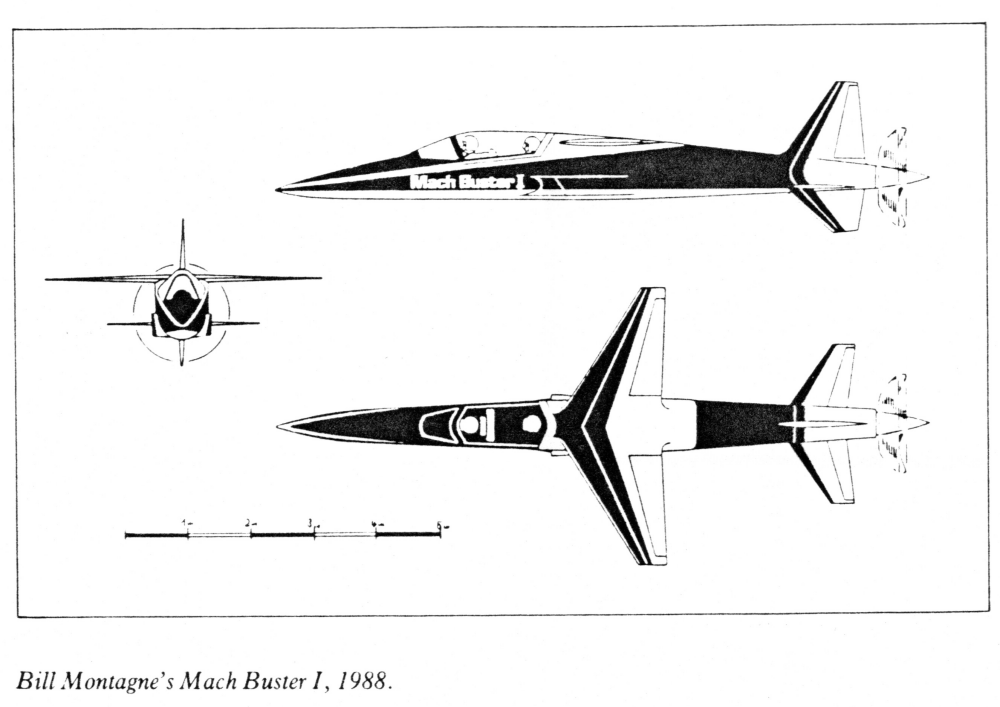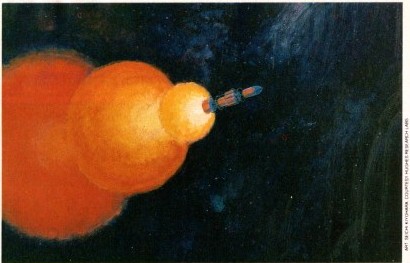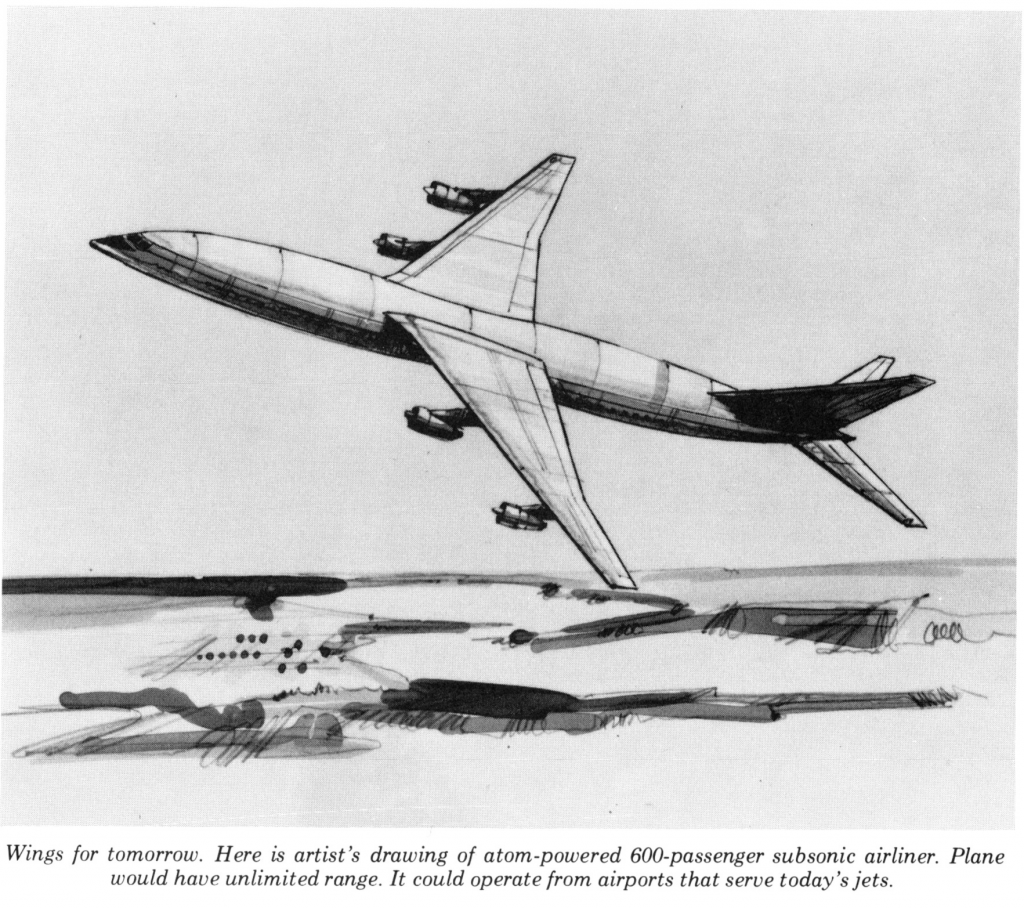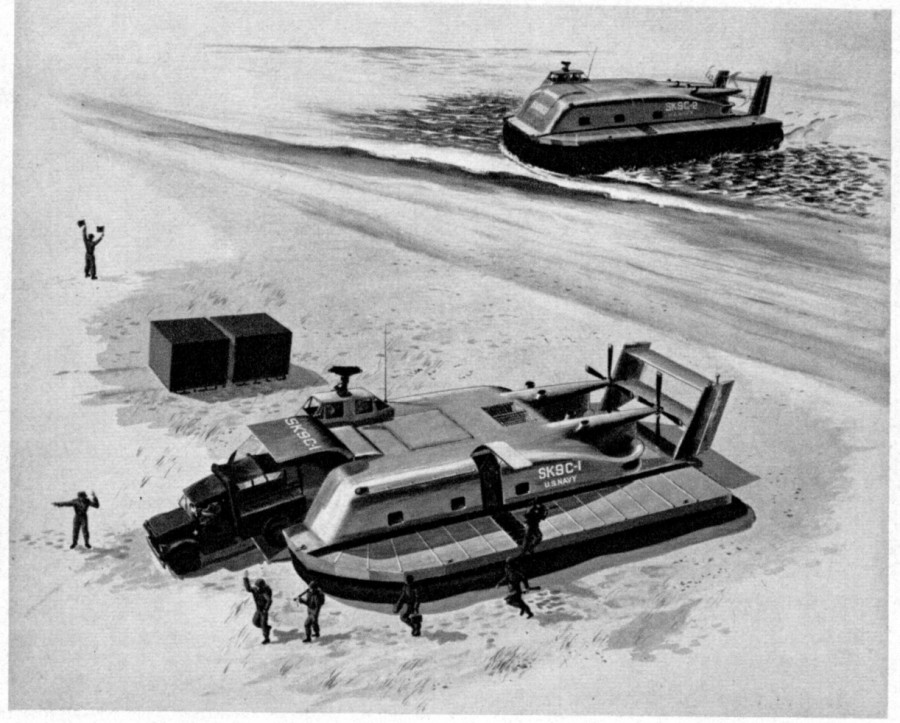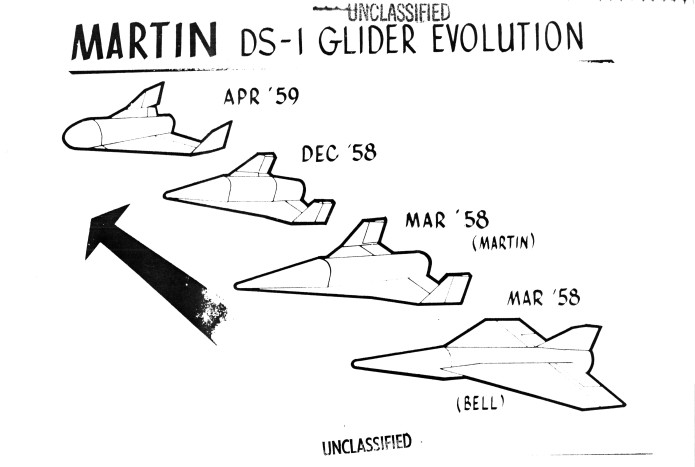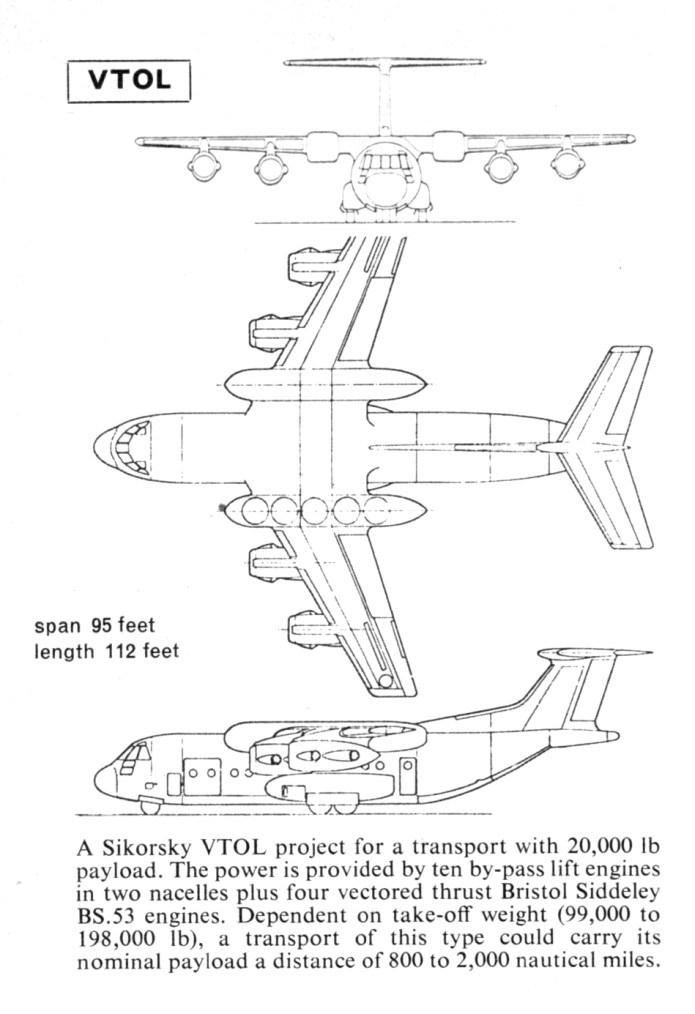I’m terrible at posting updates on the latest rewards, but I do get every rewards package out on time. That said, APR Patrons and Monthly Historical Documents Program subscribers have just been sent the rewards for April, 202. This package includes:
1) “Flying Carpet Feasibility Study Submarine Carrier,” a full scan of the 1958 Boeing report on a series of submarines design to carrying Mach3+ VTOL strike fighters
2) “F10F Descriptive Data,” a full scan of a 1953 Lockheed document describing this competitors design
3) Diagram 35-17610, B-52 airdrop carrier aircraft for the Model 844-2050 X-20 Dyna Soar
4) A CAD diagram of a two-stage Rockwell Trans Atmospheric Vehicle using a ground effect machine first stage
If this sort of thing is of interest and you’d like to get in on it and make sure you don’t miss any of the forthcoming releases, sign up either for the APR Patreon or the APR Monthly Historical Documents Program.
All prior “back issues” are available for purchase by subscribers.
